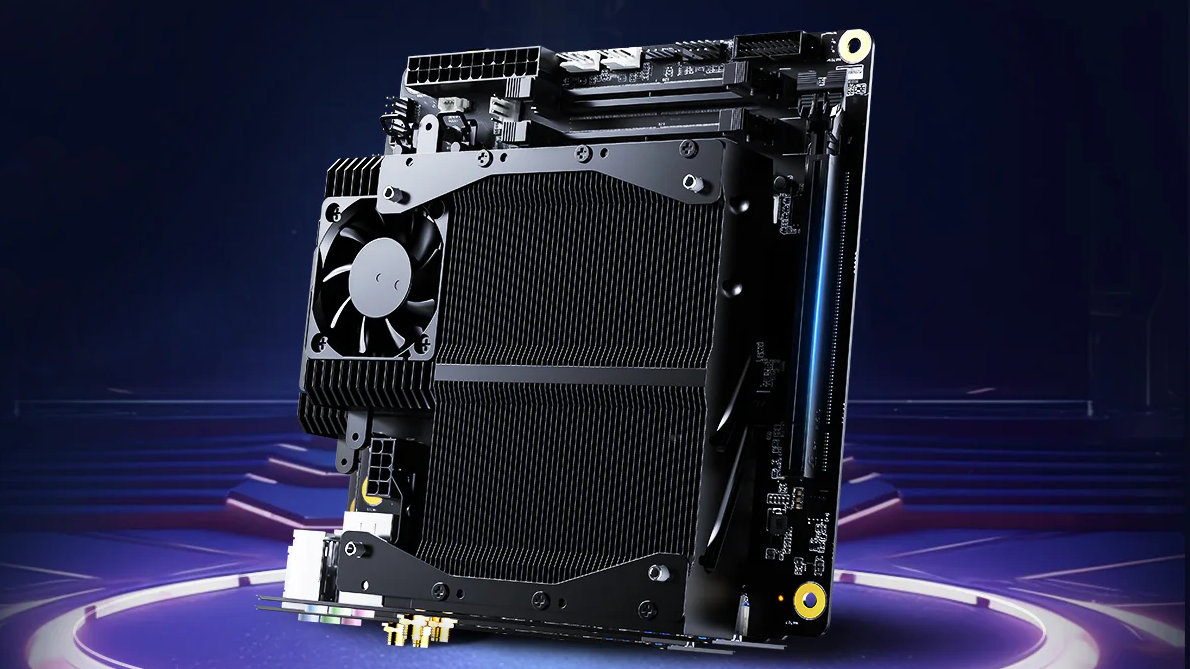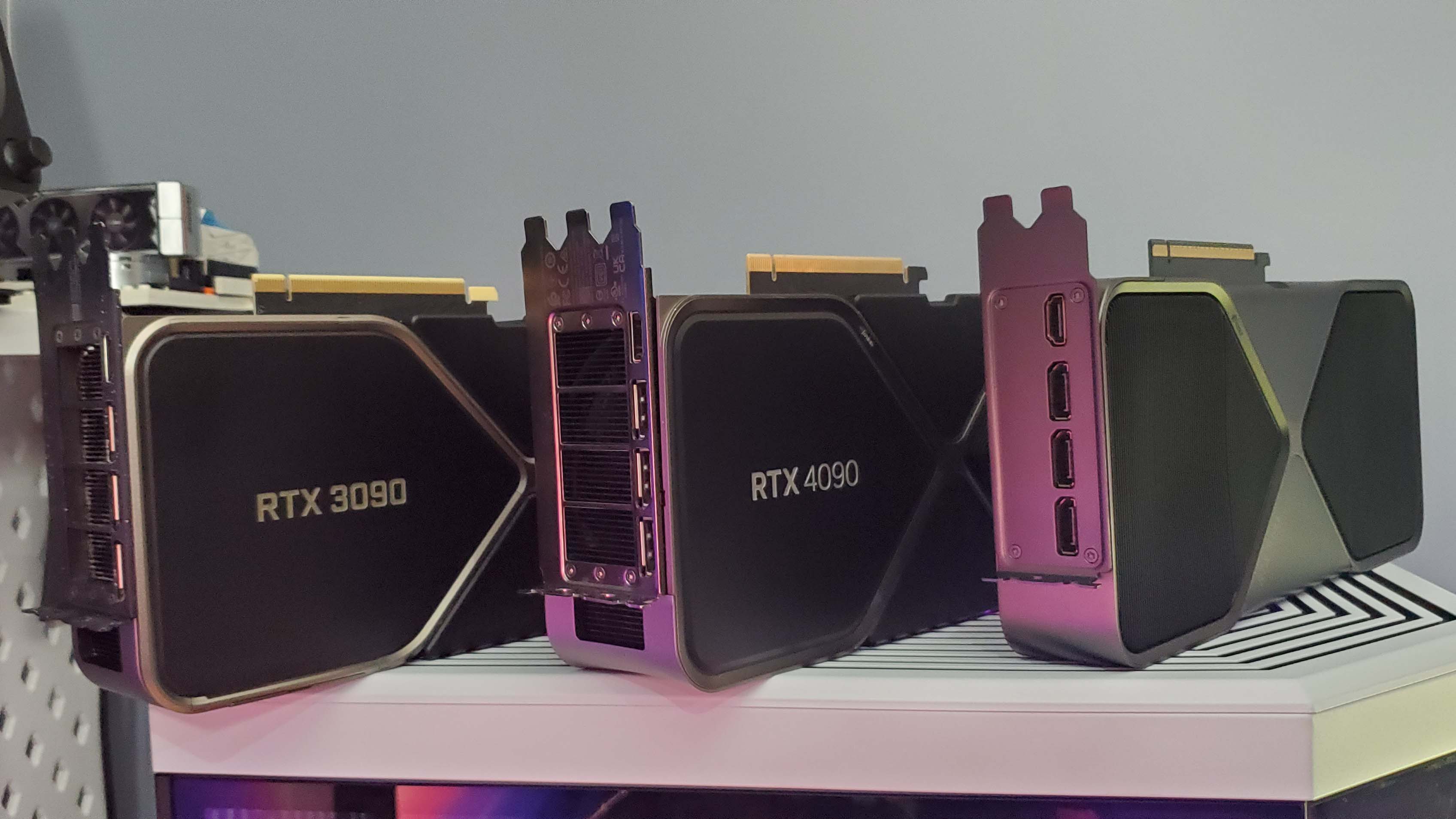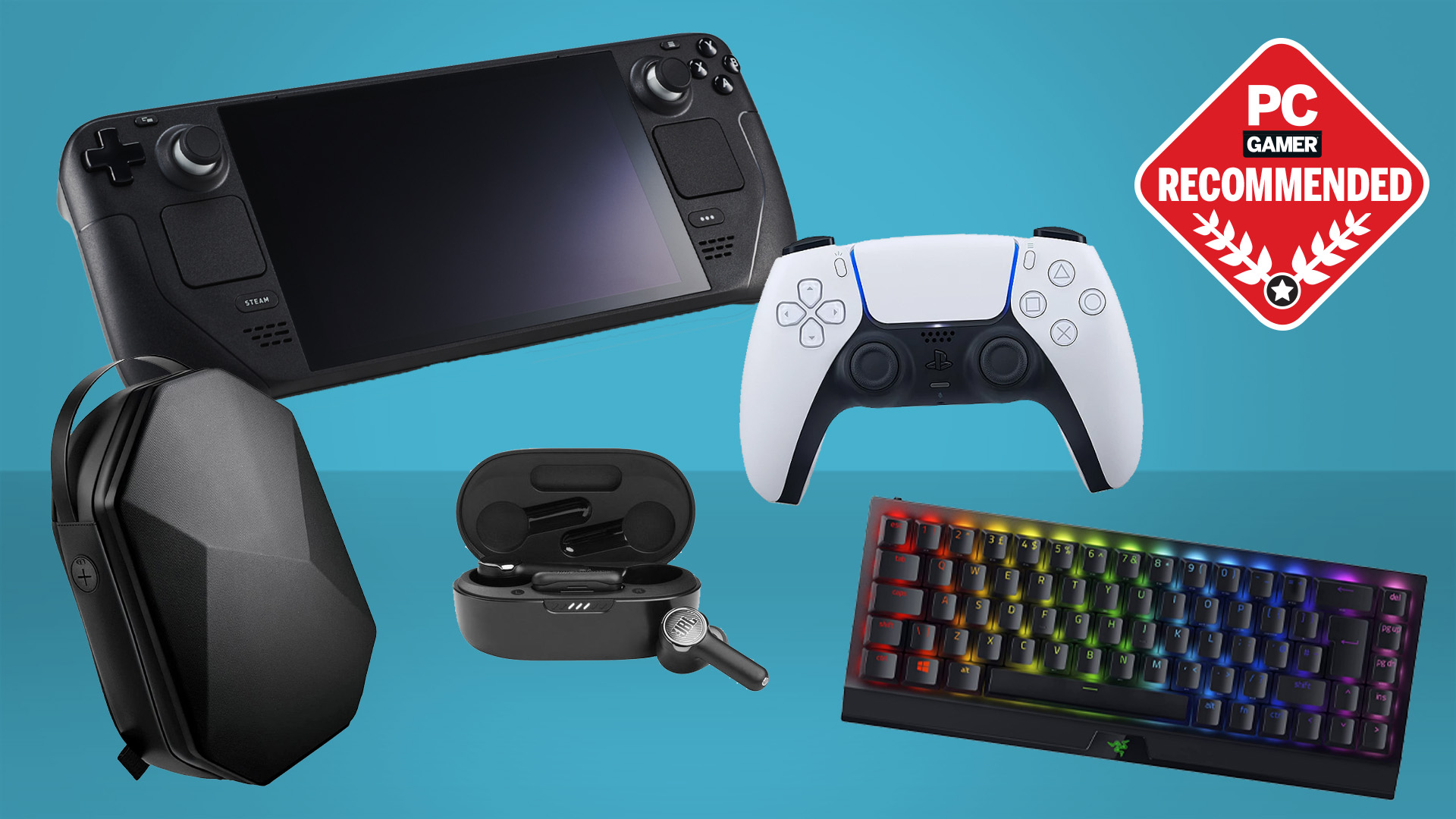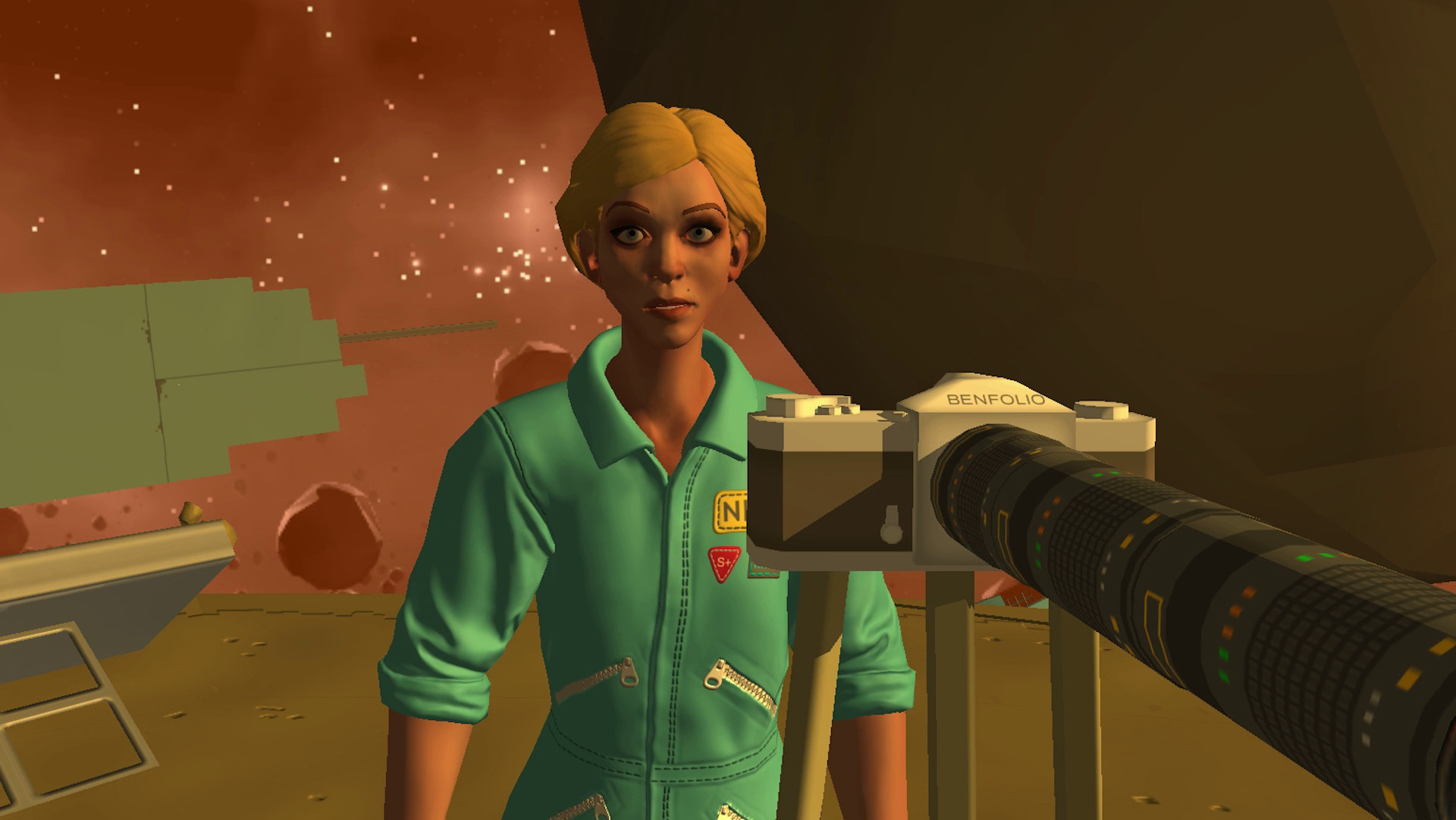This odd but surprisingly well-priced mini ITX motherboard from Minisforum packs an embedded AMD X3D processor
Its specs are far from perfect, but that price tag is very tempting.

Ask any PC enthusiast 'What are the best CPUs for gaming?' and you'll get a practically unanimous response: one of AMD's Ryzen X3D processors. They work well in just about any build, from no-expense-spare builds down to compact budget rigs, so if you're looking to make your own small form factor gaming PC, you're probably hunting around for the best mini ITX motherboard to house the Ryzen X3D chip. SFF specialist Minisforum has just announced one such board, but it's an odd one, for sure.
The BD790i X3D is a pretty cool-sounding name for a mere motherboard, and to make it even more special, Minisforum will ship the board with a Ryzen X3D CPU. If you already have such a processor then you might want to look elsewhere, because in the case of the BD790i X3D, the chip is built into the circuit board itself. (via HKEPC Hardware).
Yes, that's right—it's an embedded system, whereby the motherboard houses a Ryzen 9 7945HX3D, normally found inside a high-end gaming laptop. This is basically a 16-core, 32-thread Ryzen 9 7950X3D processor but with lower boost clocks and a much lower power limit. Where the desktop chip can reach up to 5.7 GHz and 120 W, the mobile variant is limited to 5.4 GHz and 75 W.
The rest of the BD790i X3D is pretty much standard fare for an AMD mini ITX motherboard: two RAM slots, one PCIe Express slot for a graphics card and two M.2 PCIe 4.0 slots for SSDs. However, because the embedded CPU requires a specialised heatsink, there's little room on the rear IO panel for connection sockets, and you get just five USB ports.
If you grab a normal mini ITX motherboard for AMD AM5 processors, such as the Asus ROG Strix X670E-I Gaming WiFi (currently our top pick in this category), then you'll find twice as many USB ports and all of the same WiFi, LAN, and storage options as the BD790i X3D. Actually, it's somewhat better because it has SATA ports, whereas the Minisforum board doesn't.

So why would you even consider the embedded option over a normal setup? Well, it's mostly about price: Minisforum is currently selling the BD790i X3D for $599, whereas if one heads over to a retailer, a Ryzen 9 7950X3D will set you back $699 on Amazon. Add another $200 or so for a mini ITX motherboard and cooler, and you're looking at way more money.
Of course, one could pick a cheaper X3D chip—the Ryzen 7 7800X3D is now $390 on Amazon—and it'll be just as good, if not slightly better, than the BD790i X3D in gaming, thanks to its higher power limit. But since Minisforum's embedded setup is limited to 100 W in total, it'll churn out less heat. For SFF builds, dealing with less heat means having to deal with fewer fans, and it makes for an easier build.
The biggest gaming news, reviews and hardware deals
Keep up to date with the most important stories and the best deals, as picked by the PC Gamer team.

Best CPU for gaming: The top chips from Intel and AMD.
Best gaming motherboard: The right boards.
Best graphics card: Your perfect pixel-pusher awaits.
Best SSD for gaming: Get into the game ahead of the rest.
The Ryzen 7 7945HX3D is a better processor for content creation and heavily multithreaded productivity tasks than the eight-core, 16-thread 7800X3D, so the BD790i X3D might be useful for an ultra-compact, multi-purpose build.
I personally wouldn't pick one up, though, even though I'm a big fan of the weird and wonderful when it comes to PC components. The dearth of USB ports puts me off the most, but I also prefer to have full control over my choice of cooling solution.
It's possible that Minisforum's heatsink can be easily removed and swapped for something else, but then you're probably just better off sticking with a normal setup.
Given how expensive PC building is becoming at the moment, the BD790i X3D might actually sell quite well, as a decent price tag is a rare sight these days. Stranger things have happened in the world of gaming PCs, that's for sure.

Nick, gaming, and computers all first met in 1981, with the love affair starting on a Sinclair ZX81 in kit form and a book on ZX Basic. He ended up becoming a physics and IT teacher, but by the late 1990s decided it was time to cut his teeth writing for a long defunct UK tech site. He went on to do the same at Madonion, helping to write the help files for 3DMark and PCMark. After a short stint working at Beyond3D.com, Nick joined Futuremark (MadOnion rebranded) full-time, as editor-in-chief for its gaming and hardware section, YouGamers. After the site shutdown, he became an engineering and computing lecturer for many years, but missed the writing bug. Cue four years at TechSpot.com and over 100 long articles on anything and everything. He freely admits to being far too obsessed with GPUs and open world grindy RPGs, but who isn't these days?
You must confirm your public display name before commenting
Please logout and then login again, you will then be prompted to enter your display name.

